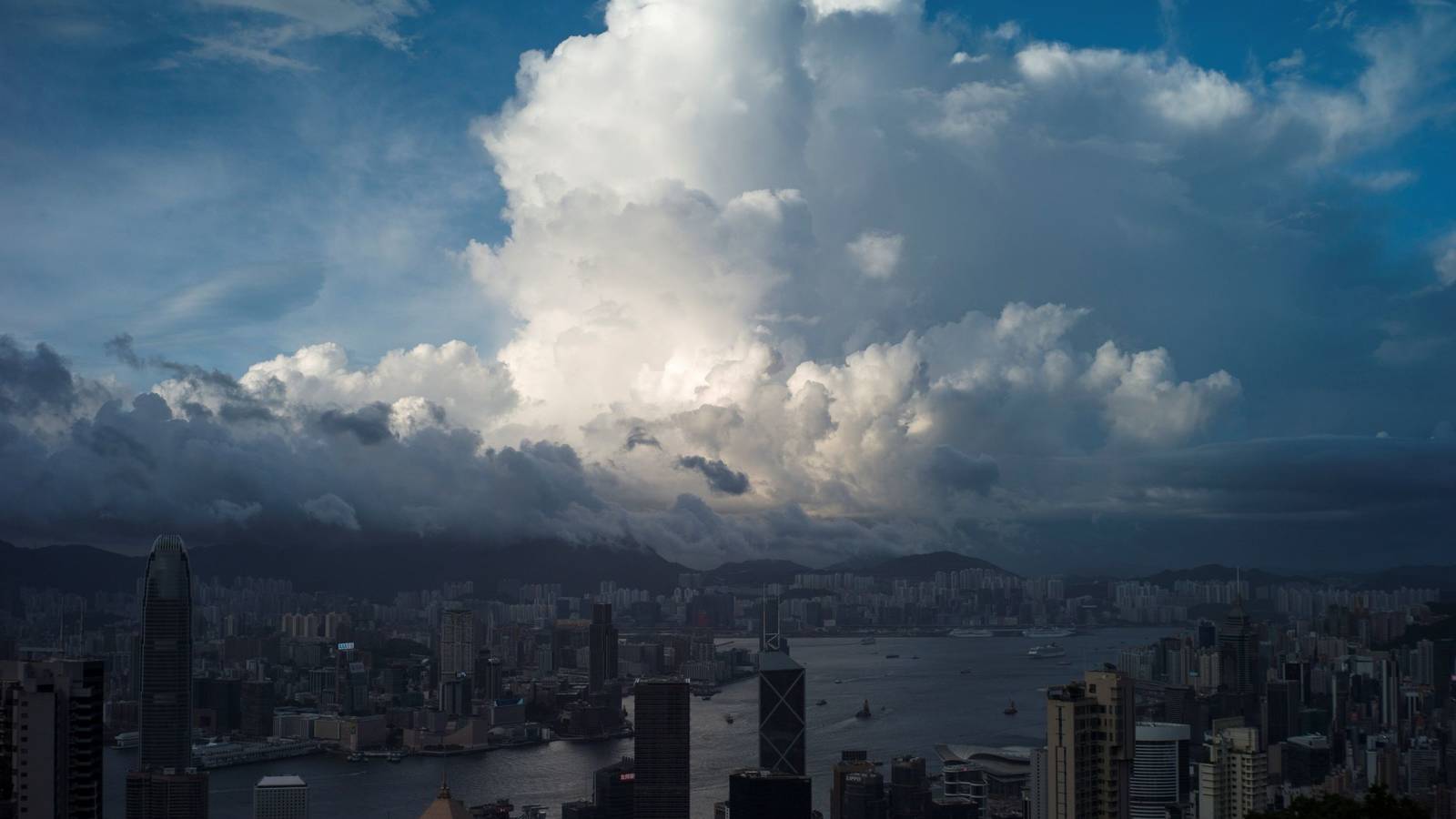Last December, alarm bells rang when China announced its climate change project, consisting of seeding clouds over a large part of its territory. With this plan it intends to maintain control over agriculture and production. But the news has not pleased everyone and several countries have already protested. It is clear that being God is not an easy task.
If I had been told this news when I was a child, I would certainly have imagined the Zeus of the Disney movie sending a big cloud to the Asian country. But what the Chinese government’s plan is really about is even more fantastic than my childhood idea, nothing less than creating Zeus himself. That is, with the small nuance that the clouds do not come from the all-powerful fingers of the Greek god, but from large drones. It seems that metaphysics and science mix to fill the front pages of the newspapers every day.
The technique consisting of spraying the clouds with silver iodide not only produces precipitation, but also makes it possible to control where it is produced; making the clouds empty in one place so that when they reach another territory they do not discharge. Undoubtedly a plan worthy of an Orwell novel, which if it follows the plans established by the government will be feasible in 2025.
It is clear that if anyone had to play with time it would be the Asian giant. But China is not the only country where strategies of this type have been implemented; research began in the 1940s in the USA, and there are several countries that use these techniques, such as Australia and India. In China itself it was already being done before; it is no coincidence that when China celebrated an international event, pollution levels dropped drastically. What has set off alarm bells in neighboring countries has been the magnitude of the project, as it includes 60% of China’s surface area. India has said that this could be costly for its climate, as the summer monsoon could be adversely affected.
The magnitude of the program, added to the fact that there are not many studies that guarantee the safety of the consequences, raises doubts at the international level and several countries are already pushing for the creation of a regulation for these activities. It is evident that the facts are moving faster than legislation, but given the level of interdependence of the countries and the magnitude of the project, it is necessary to hurry. It is everyone’s responsibility to ensure that the future is no longer as dystopian as it looks.
Sigue toda la información de HIGHXTAR desde Facebook, Twitter o Instagram


